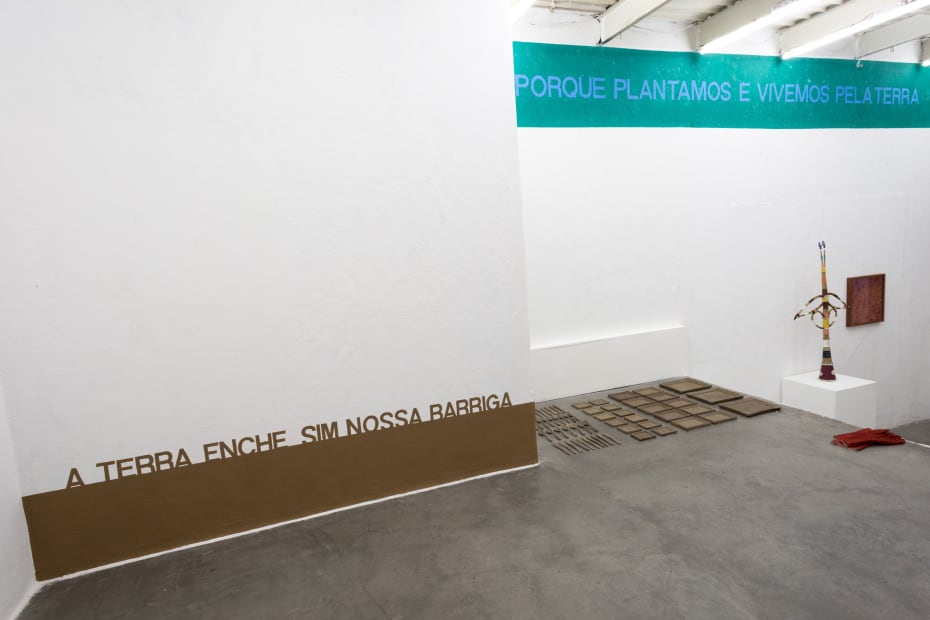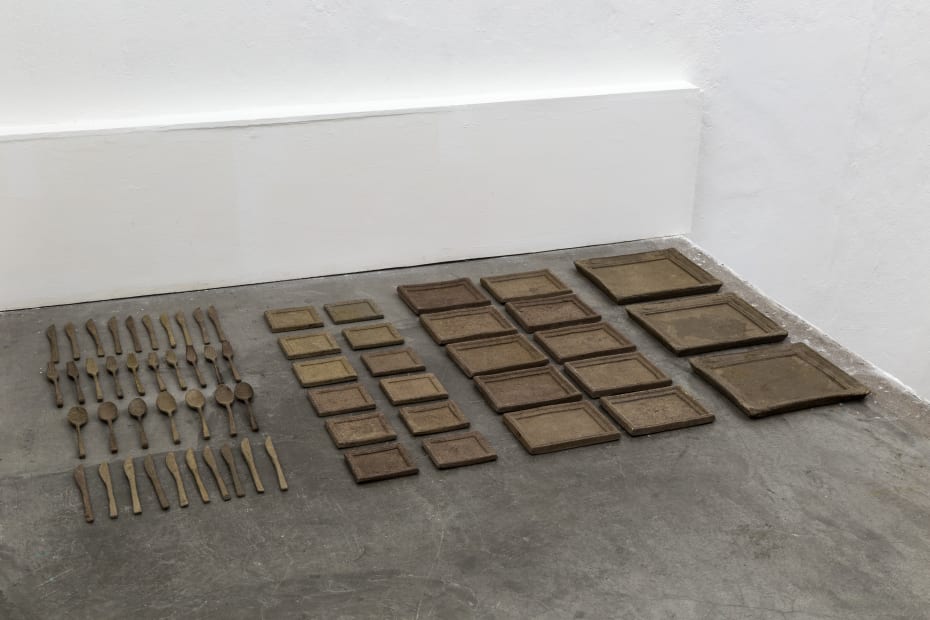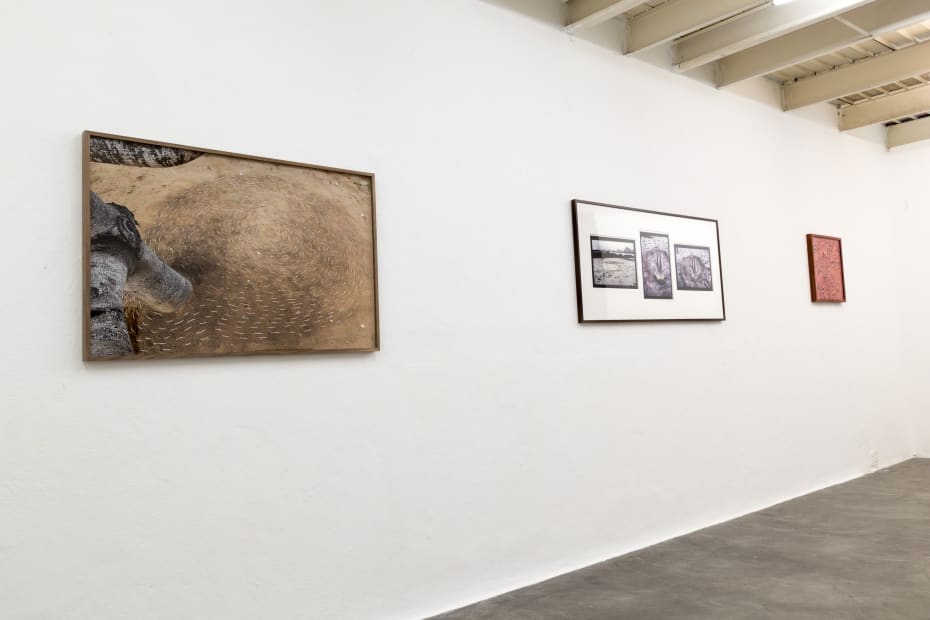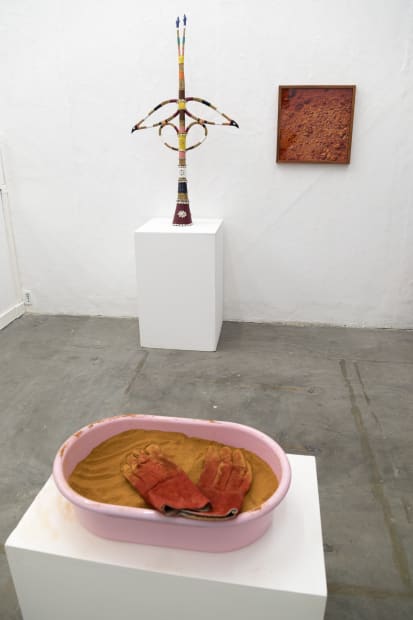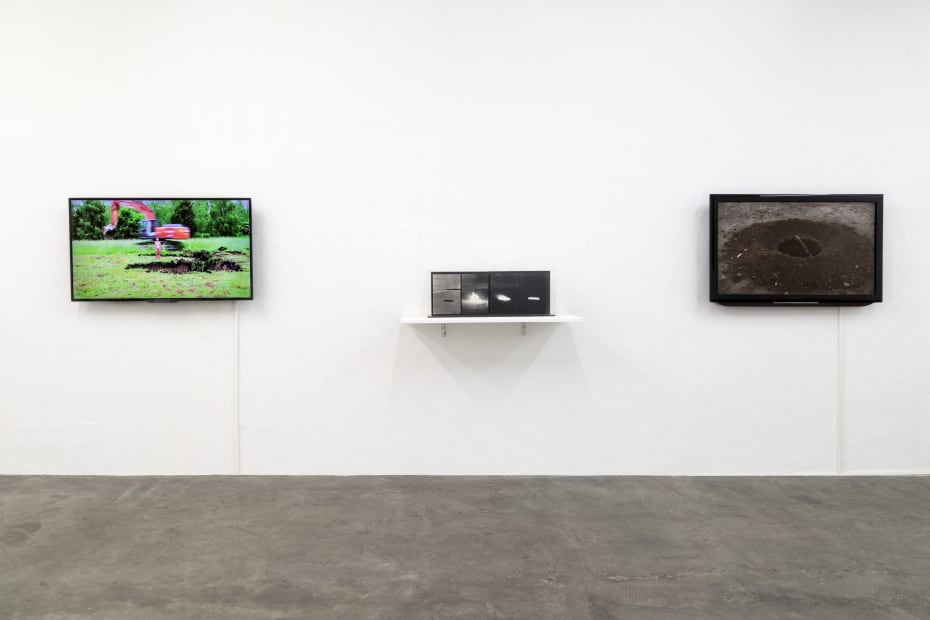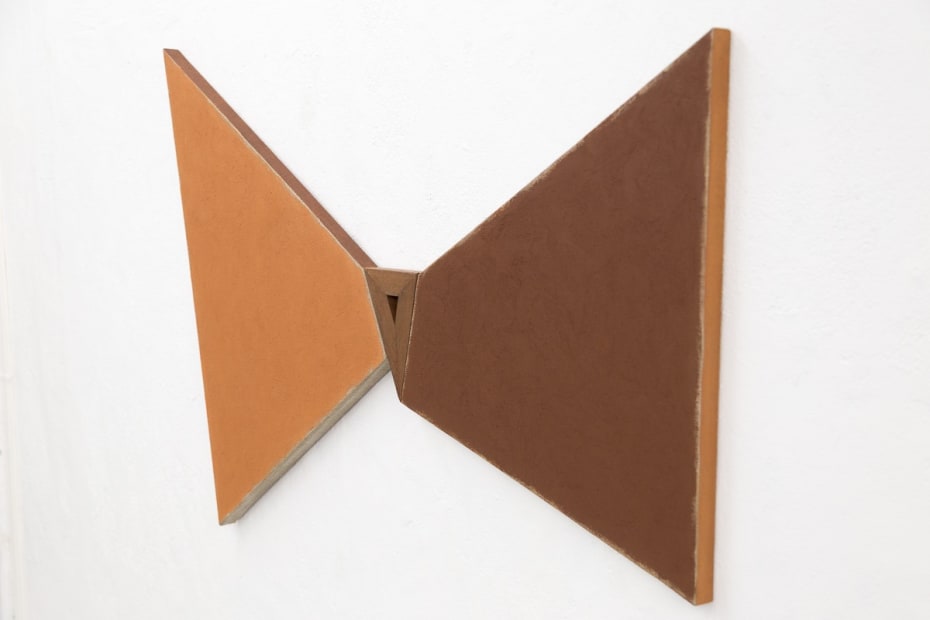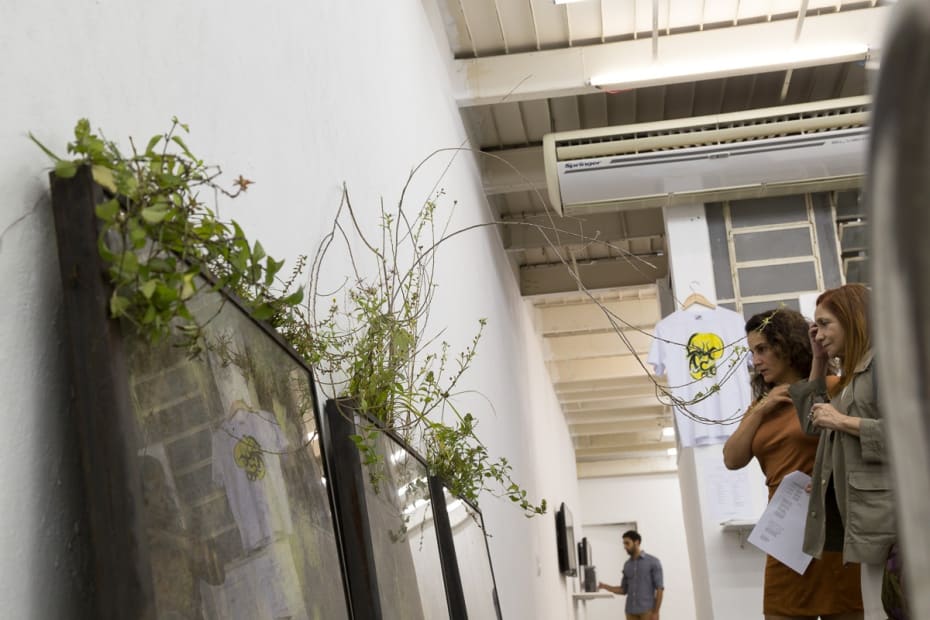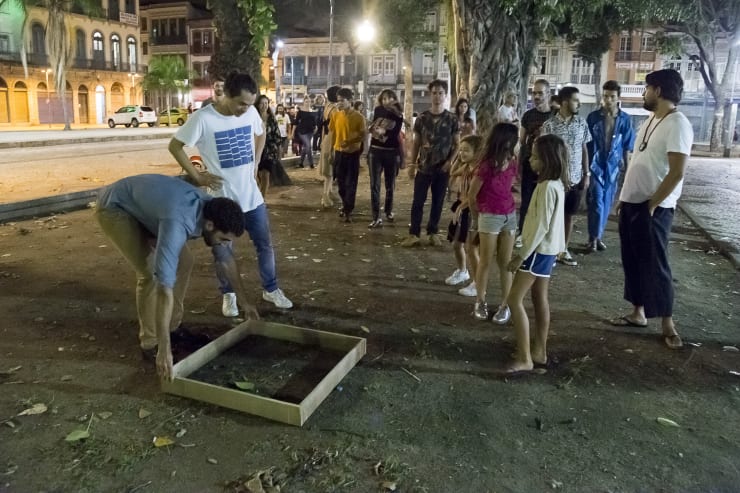Sobre a terra
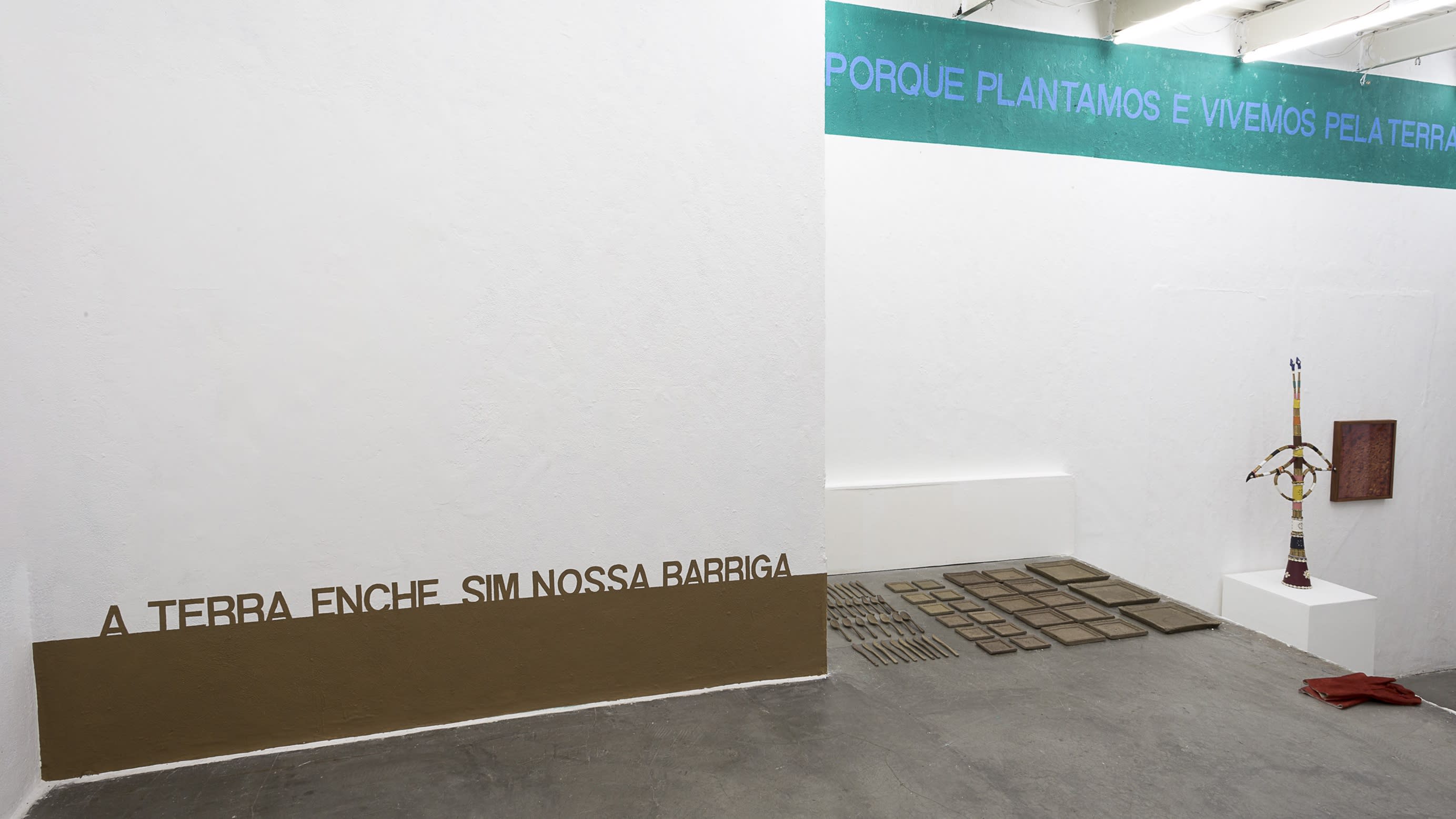
Anna Bella Geiger, Caroline Valansi, Guga Ferraz, Hélio Oiticica, Luiz Alphonsus, Manfredo de Souzanetto, Maria Laet, Matheus Rocha Pitta, Mestre Didi, Rafael RG, Regina José Galindo and Rodrigo Braga
Curated by Bernardo Mosqueira
an initial study: from the ground
(to my love)
Trace fossil analysis provide evidence that the Homo habilis practiced geophagy 2 million years ago and Homo sapiens more than 150 thousand years ago. On the past 5 millennia, soil ingestion has been present culturally on peoples from different origins, and still today is common on the countryside of Brazil, in the south of the United States, on Haiti and many regions in all of the continents. Geophagy is used as a way to trick starvation, with medicinal purposes, as part of ritualistic precepts or simply due to personal taste and food culture. In the latter mentioned aspect, soil is used as an ingredient in recipes, as a garnish, in the dishes like cakes and cookies, in natura or just seasoned with spices. Many children and mostly pregnant women are affected with alotriophagy and have a yearning for eating soil, clay, mud, brick and other similar components unusual to menus.
On Brazil, a country in which more than 50% of the population descends from African people, geophagy was common among slaves between the XVI and XIX century, and the practice was punished with physical violence and the usage of "mascara de Flandres"*, whose image over Anastácia's face still haunts the Brazilian imaginary. The "banzo" (a sort of deep longing for a past life in Africa, limit of the individual in face of the exploitation and dehumanization of the new continent) lead many black people to die of malnutrition or suicide. Deterritorialized, from an irretrievable distance from their land, much often the black slaves killed themselves through excessive geophagy, that is, took their own lives by eating too much soil.
Regarding the symbolic power of this intimate gesture of filling one's "digestive light" or even an existential shadow with ground, this research started to relate the procedures developed by artists to this element. Given the extent and the strength of the subject, this exhibition is inevitably incomplete - like a handful of soil before all the land in the planet. Shifting between levels above ground and underground ("underground is too hard for Brazil"), this show assembles a first and temperate curatorial experience on the material, conceptual, political and symbolical relations between human and the soil.
For we are ground, of ground we live and unto the ground we'll return. The future is grounded in this same soil we live in. As the hegemonic epistemology mistakes ground for territory (and therefore being for having), we must turn to other epistemologies in order to comprehend that a future is only possible if we master being ground. Being from the ground. It belongs to the ground the great ancestral strenght, the nourishment, the nature cycles, the abundance and the healing. Only acknowledging its power and relevance we can provide a pact of health and prosperity. Onilé Mojuba! Salubá! Arroboboi! Atotô! Demarcação já! Demarcação já!
Bernardo Mosqueira, May 2017

